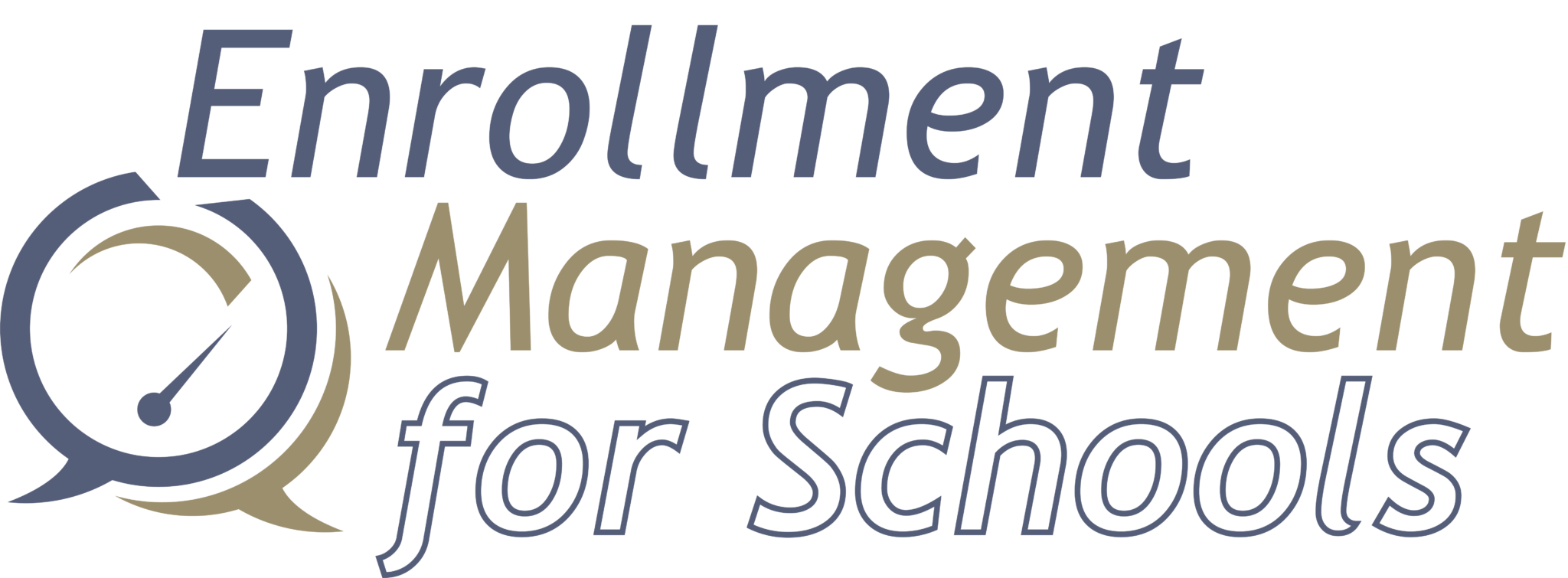During presentations to your school employees, senior leadership team, and the board of trustees, it is time to start talking about full-pay students and their families as the primary target group. Your charge is to help them understand why this group is a key indicator of your school’s success and should become the front and center thought in their minds. Here are some ideas to get you started:
- Request time from your head in order to give a presentation to your school’s faculty, staff, and administrators; help them understand why these full-pay students are essential to your school’s continued success.
- Partner with your chief financial officer to make illustrations that reflect successful full-pay numbers and non-successful ones. How does it affect programming or salaries?
- Demonstrate your school’s projected tuition increase ten years from now. Most school employees aren’t in a position to easily afford the tuition; the “sticker shock” value will hit them hard. They will start to wonder how anyone will be able to afford that cost and it will help them to realize or remember the difficulty that the admission office is facing in recruiting full-pay students.
- Give your school’s employees the real numbers, the ones that you rely on to be high enough to reach your enrollment revenue. For example, if you have 35 full-pay spaces to fill, it doesn’t do you any good to say that you have 75 applications if only 30 of those are full-pay. It looks as though you don’t have a challenge ahead of you or as if you have two viable applicants for every one spot. The truth is, you have many fewer than you need; even among the full-pay applicants there will be some students who your school cannot serve. Let them know how it all works.
- When presenting to your school’s trustees, keep them focused on the full-pay numbers. If they are too focused on the overall numbers, they won’t have the incentive to support your need for new marketing and communication initiatives.
- The trustees may think that an enrollment problem is only a sales problem; you need to convince them otherwise. Show them that you know the target and have a plan.
- Present an “if-I-only-had-more-money” plan. Have your ideas ready as to the steps needed to advance your recruitment efforts of full-pay students. I will be handing out a few such ideas throughout this blog, but maybe it is time for you to attend The Five Pillars program. Once you attend this program, it’s not likely that you will have a shortage of tactics.
- When you present consumer satisfaction data to your school’s employees, senior staff or board of trustees, be sure your data is collected from families who are full-pay. Always keep your eyes on your primary target group.
The Independent school employee culture in general doesn’t particularly care about the full-pay market; they prefer to think about the financial aid recipients. Even the independent school associations and national organizations don’t ask schools for full-pay statistics when collecting data from school, thus making much of the data that organizations collected useless for many independent schools’ needs. You and the other leaders in your school have to bring along the thinking of those you work with. Like it or not, full-pay students are the bread and butter for most independent schools and will be a key factor in determining the schools’ ability to achieve their mission and keep paying those employees.
